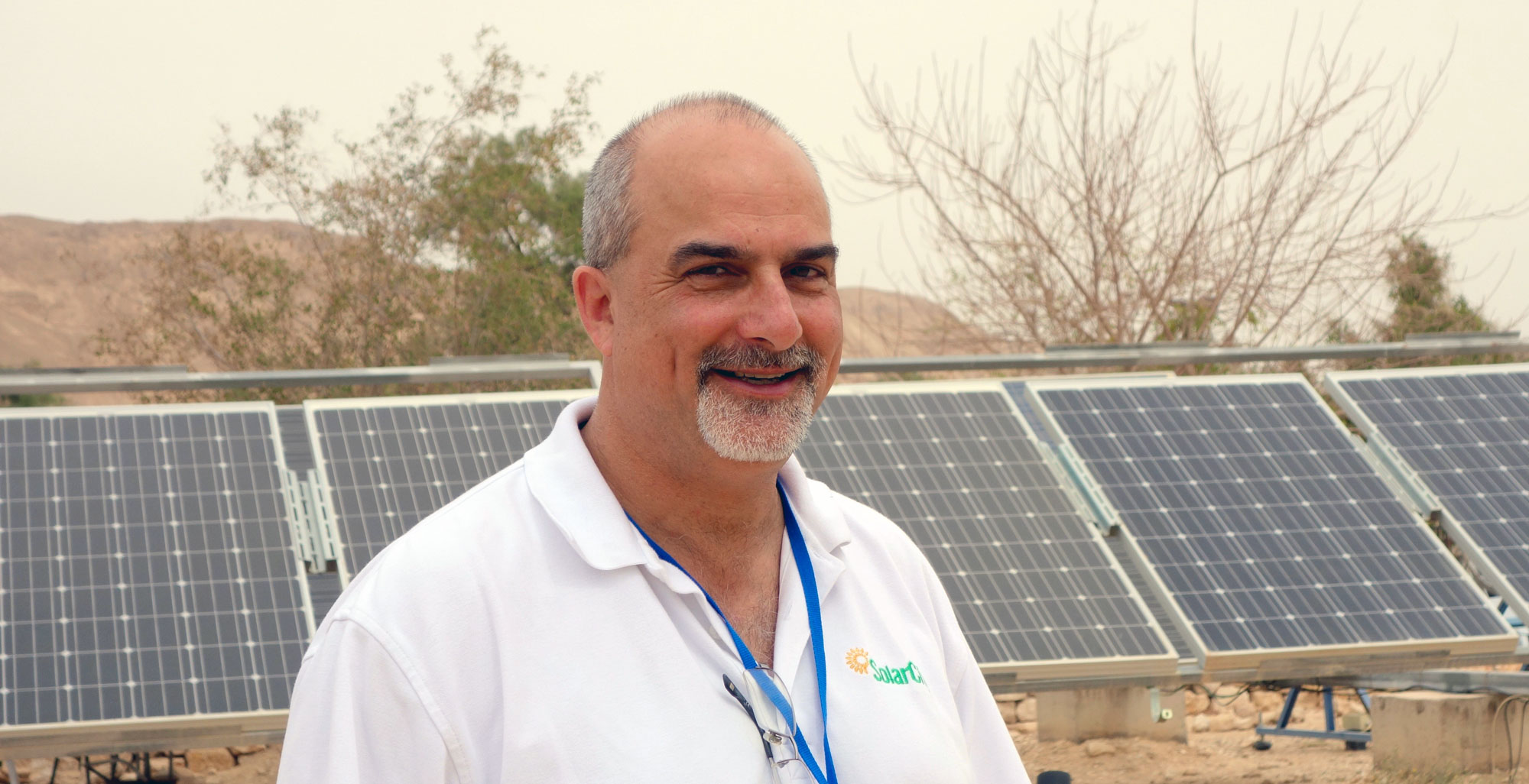David Arfin is the inventor of SolarCity’s groundbreaking SolarLease, which has enabled over 300,000 residential, commercial, and government customers to adopt solar power and save money, without having to make a large upfront payment.
Aurora had the privilege of talking with David Arfin to learn from his years of experience in the industry, and we are excited to share his insights in a two-part series. In Part 1, he shared his expectations for the development of the solar finance industry. In today’s post, Arfin offers some advice for small and medium-sized solar companies on financing best practices.
What steps do you think small and medium-sized installers can take to gain more financing options?
Small to medium-sized installers need to have more than one supplier so that they are not completely dependent on one loan product, one third-party owned product, or one PACE product. In that way, the “long-tail” as we think of it, can — individually and collectively — can hold the bigger companies more accountable.
For instance, consider if you are a local installer and you’re selling to your provider—you only have one—at, say, $3/watt. If they come to you and say, “We have a problem and have to lower your rate. The most that we can pay you is $2.60/watt,” then you have just lost your margin, and you don’t have an easy second choice.
In the medium- and long-run, we should be able to grow as an industry into something that looks a lot more like the real estate industry. Solar customers should be able to get financing from a lot of different sources. Just as in the mortgage industry buyers are not dependent on the real estate broker that sold you your house to get your mortgage. Financing should be much more transparent and much easier.
What are your three biggest pieces of advice for solar installers trying to expand their financing options?
1) Have your customers’ interests at heart. BTC—“Be the Customer”—as they used to say in business school. Really understand what’s in it for the customer and don’t just accept what the financial provider is providing to you. There may be some inaccurate assumptions out there.
2) Diversify. Have more than one financing partner for each product line that you want to offer.
3) Be very careful of cash flows and try to lean on financing partners to help with cash flow requirements as much as possible.
What advantages, or disadvantages, do you think large firms have when accessing financing options?
I had the benefit of joining SolarCity early and watching the growth over the first amazing four years. When we were small, nobody paid attention to us. We couldn’t buy panels in 2008 from some vendors because they had a certain amount of panels and they only sold to their bigger or longer-term accounts.
As we grew, however, and became the dominant player and eventually the leader in market share by a wide margin, we had a lot of advantages. We were able to get meetings and capital easier than smaller firms could. There are high transaction costs in any of these tax equity deals or securitizations, which makes these kinds of deals harder for smaller firms to access.
Larger firms have always had an advantage in terms of getting capital—and they always will have an advantage—until the point comes where there is too much concentrated risk on one firm. If Wall Street thinks that a large solar installer is overexposed, then that becomes a problem.
A big risk for large companies is this: when you have a solid footprint in a place and regulations change, the whole thing can go down. We saw this in Nevada last year, where overnight the industry got crushed [when the Nevada Public Utilities Commission eliminated one-for-one net metering for residential solar customers, moving solar from compensation at the retail rate to the wholesale rate]. Companies had invested in warehouses, trucks, and, most importantly, employees and then that market dried up. These companies tried to move these “assets” to their other installation centers, but there is a huge cost to doing so.
In a low margin industry, taking on a huge cost hit is hard. We saw some of that in Arizona as well [when Arizona replaced net metering compensation for solar customers with compensation at a lower “export rate”]. So, when your company is big and has a big footprint in a lot of different jurisdictions, and one or two of those jurisdictions goes bad, it might affect five to ten percent of your business. In a low-margin industry, that five to ten percent can spell really hard times.
What are some good resources for solar professionals to educate themselves on solar finance?
I recommend going to conferences with sessions on clean energy finance.
You need to understand a bit about the Investment Tax Credit, depreciation, and SRECs- but you can pick that up pretty quickly if you’re motivated.
We hope you found these insights helpful! Do you have your own solar finance tips? Let us know in the comments below.
~~~
Want to be in the loop on our latest articles? Click here to subscribe to our blog!
